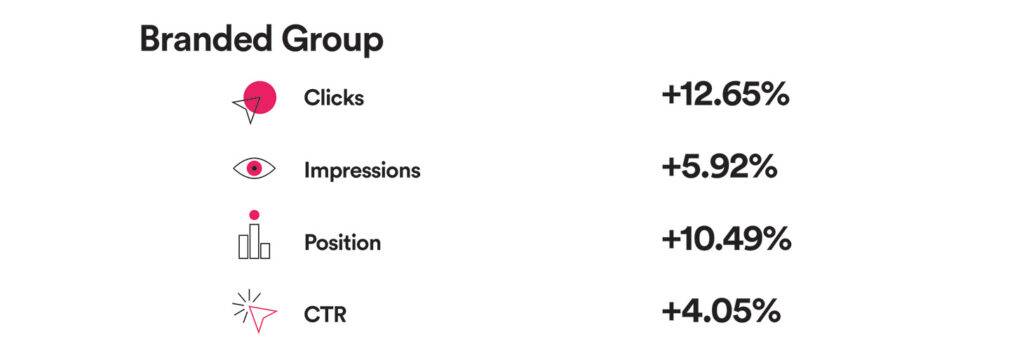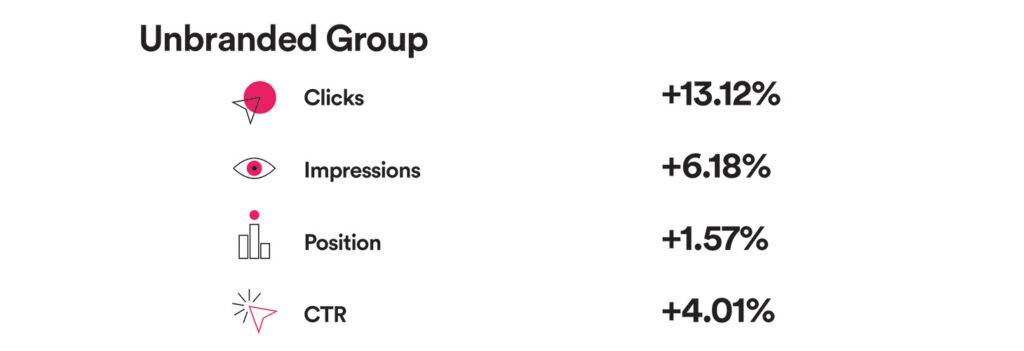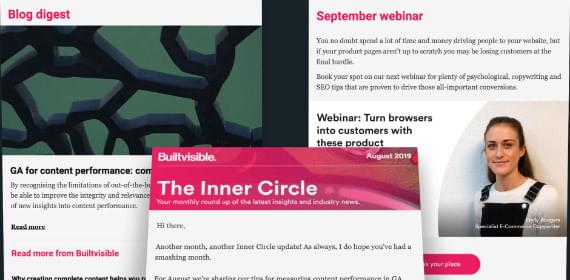The campaign
Our client, a market leader in enterprise cloud business management solutions, was looking to re-establish itself as the first-choice provider of accounting solutions for businesses of all sizes, but in particular, with small businesses.
Through a single large-scale content marketing campaign, we needed to reach and engage small business prospects and improve brand awareness in this market.
The solution
We kicked-off with a comprehensive and collaborative strategy project to gather data and insights from the competitive landscape and develop a recommended approach before moving into ideation and production. This meant our chosen idea was backed by in-depth research and data.
The chosen idea was an interactive, personalised quiz asking users a series of questions focused on finance, admin and mindset, and provided the user with a score for each section while also categorising them into one of our entrepreneur “types”.
The campaign successfully gained 25 highly relevant links, 22 of which were direct to the quiz page we created.
We provided ongoing monitoring during the campaign and a comprehensive roundup to report the successes of outreach and potential next steps to build on the momentum generated by the campaign.
To add another string to our reporting bow, we also worked with our data team to use SEOCausal to understand exactly what impact the links we’d built had driven…
What are we testing?
Our hypothesis was, of course, that if we built strong external links referencing high-quality content hosted within our client’s site, then we would improve the quality, improve the targeting and increase the organic visibility for our client.
Using SEOCausal, we proved that conclusively.
How did we test this?
Test description
This test measured the impact of 22 links targeting the hero blog post (the quiz) and three more giving general coverage. We then proceeded to measure the impact against a control set of other pages across our data warehouse.
Test group
For better analysis of results, we divided the impacts into two groups as follows:
- Branded: Contains all queries and pages.
- Unbranded: Queries containing ‘client name’ or ‘login’ have been filtered out
Control group
We filtered through thousands of pages to find a small set of the best predictors. This control group then serves as a guide for the model to simulate what would have happened if no links were built at all.
For the final model, we selected the 200 best predictors for each metric tested out of 1.2m possible matches, retaining 98% accuracy but returning results 80% faster.
What are the results?
We ran the SEOCausal model on four different metrics to quantify the uplift of link building on the targeted pages. We analysed impressions, click through rate (CTR), position, and clicks.
SEOCausal was able to look at the target page behaviour after the links were implemented and return a statistically significant measure of uplift. Below we can see how SEOCausal measured the impact of link building across our two groups:


What does this tell us?
Using SEOCausal we were able to show a positive impact as a result of the link-building work performed, as we saw uplifts in all of tracked metrics. Therefore, by having good results across all groups, we increase our confidence in reporting value generation from link building.
This is just one example of how using SEOcausal, our causal impact model, can be hugely beneficial in how we can help showcase the impact of links and get buy-in from stakeholders.
If you are interested in learning more about the applications of SEOCausal, curious about setting up a fresh test for any of your properties or just want to reach out and share your thoughts on this post, contact our team and we can help you out!
